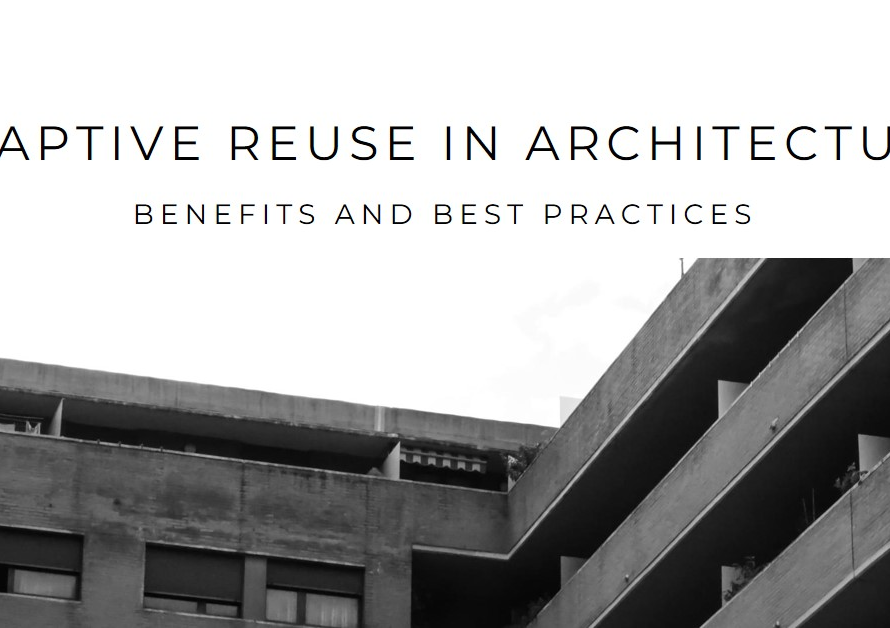
Table of Contents
Introduction to Land Development:
Land Development, Embarking on a journey from barren landscapes to bustling communities is an intricate process that intertwines innovation, strategy, and foresight. In the realm of land development, every step, from conception to community establishment, demands meticulous planning and execution. This blog post delves into the nuanced insights of this transformative journey, shedding light on the key milestones and considerations that pave the way for the evolution of a mere concept into a thriving neighborhood.
Exploring the Conceptual Realm:
At the genesis of every community lies a vision – a blueprint that outlines the aspirations and purpose of the development. This initial phase is characterized by brainstorming sessions, feasibility studies, and envisioning the potential of the land. Architects, urban planners, and developers collaborate to sculpt a vision that aligns with the needs of the future inhabitants while adhering to zoning regulations and environmental sustainability principles. It’s imperative to foster creativity during this stage, allowing ideas to flourish and coalesce into a coherent concept that serves as the foundation for subsequent endeavors.
Navigating Regulatory Waters:
Once the conceptual framework is delineated, the journey ventures into the realm of regulations and compliance. Engaging with local authorities, obtaining permits, and navigating zoning ordinances are pivotal aspects of this phase. Adherence to regulatory standards not only ensures legal compliance but also lays the groundwork for seamless progression throughout the development process. Clear communication and transparency with regulatory bodies are essential to preemptively address any potential hurdles and streamline the approval process, expediting the transition from concept to concrete.
Laying the Groundwork: Infrastructure Development:
Infrastructure serves as the lifeline of any community, facilitating connectivity, accessibility, and functionality. From roadways and utilities to parks and public spaces, laying the groundwork for robust infrastructure is paramount in fostering a cohesive and sustainable neighborhood. Collaboration with civil engineers, utility providers, and landscape architects is indispensable in designing an infrastructure network that caters to the present needs and anticipates future growth. Moreover, integrating smart technologies and sustainable practices not only enhances efficiency but also minimizes environmental impact, embodying a commitment to long-term viability.
Building Blocks: Construction and Development:
With the regulatory framework in place and infrastructure groundwork laid, the focus shifts to the tangible manifestation of the envisioned community. Construction commences, breathing life into the once-dormant landscape as buildings rise, streets take shape, and amenities materialize. This phase demands meticulous project management, where timelines, budgets, and quality control take center stage. Employing skilled contractors and adhering to stringent construction standards are imperative to ensure the realization of the envisioned concept with precision and excellence.


Cultivating Community Engagement:
Beyond bricks and mortar, the essence of a thriving community lies in its people – their aspirations, aspirations, and sense of belonging. Cultivating community engagement is a continuous endeavor that spans from the initial stages of development to long after the last nail is hammered. Establishing avenues for community involvement, such as town hall meetings, neighborhood committees, and online forums, fosters a sense of ownership and unity among residents. Moreover, incorporating elements of placemaking and cultural enrichment further enriches the fabric of the community, transforming it into a vibrant tapestry of diversity and inclusivity.
Sustainable Stewardship:
Environmental Conservation: In an era characterized by environmental consciousness, sustainable land development emerges as a cornerstone of responsible stewardship. Integrating green spaces, implementing energy-efficient designs, and adopting renewable energy sources are instrumental in mitigating ecological footprint and fostering resilience against climate change. Embracing principles of sustainable development not only safeguards natural resources but also enhances the quality of life for residents, fostering a symbiotic relationship between human habitation and the environment.
Fostering Economic Vitality:
Economic vitality is the lifeblood of any community, fueling prosperity and opportunity for its residents. Land development endeavors must prioritize economic sustainability, balancing residential, commercial, and recreational amenities to stimulate growth and prosperity. Leveraging market analysis and demographic insights, developers can tailor offerings that cater to the unique needs and preferences of the target demographic, thereby fostering a dynamic ecosystem of commerce and innovation.
Adapting to Evolving Needs:
Flexibility and Resilience: In an ever-changing landscape, adaptability emerges as a hallmark of successful land development ventures. Flexibility in design, planning, and management allows communities to evolve organically, accommodating shifting demographics, economic trends, and technological advancements. Embracing resilience in infrastructure and urban design further fortifies communities against unforeseen challenges, ensuring longevity and vitality in the face of adversity.
Conclusion:
From the nascent stages of conceptualization to the vibrant fruition of community living, the journey of land development is a testament to human ingenuity, collaboration, and vision. Each phase, from regulatory navigation to community engagement, plays a pivotal role in sculpting the landscape of tomorrow. By embracing innovation, sustainability, and inclusivity, we can nurture neighborhoods that not only stand the test of time but also flourish as beacons of progress and prosperity. As we continue to embark on this transformative journey, let us remain steadfast in our commitment to crafting communities that inspire, connect, and thrive.



